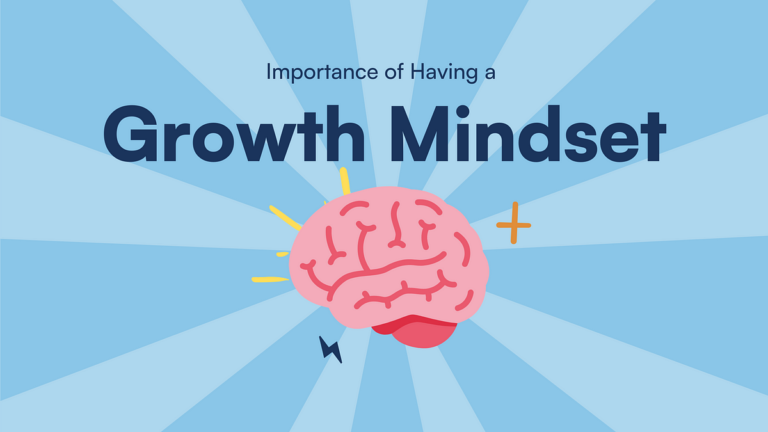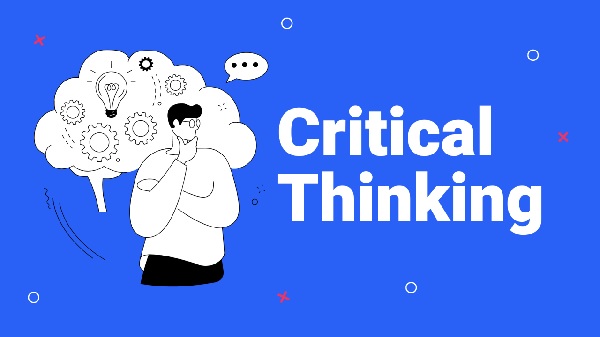The Role of Mentorship in Education
Mentorship is a powerful tool in the educational landscape, significantly influencing students’ academic success, personal growth, and career development. By fostering relationships that provide guidance, support, and knowledge sharing, mentorship plays a crucial role in shaping the educational experience. This article delves into the various aspects of mentorship in education, highlighting its importance, benefits, and effective strategies for implementing mentorship programs.
Understanding Mentorship
Definition of Mentorship
Mentorship is a developmental relationship in which a more experienced or knowledgeable individual (the mentor) provides guidance, support, and advice to a less experienced person (the mentee). This relationship is characterized by mutual respect, trust, and commitment to growth.
The Role of a Mentor
Mentors can play various roles, including:
- Advisor: Offering academic and career advice.
- Coach: Helping mentees develop specific skills.
- Role Model: Demonstrating professional behavior and ethical practices.
- Network Connector: Introducing mentees to valuable contacts in their field.
Types of Mentorship in Education
Peer Mentorship
Peer mentorship involves students mentoring fellow students. This approach fosters collaboration and creates a supportive learning environment. Peer mentors can share study strategies, offer emotional support, and help navigate the challenges of academic life.
Faculty Mentorship
Faculty mentorship pairs students with experienced educators. Faculty mentors provide guidance on academic and career paths, research opportunities, and professional development. This relationship often helps students gain insights into their fields of study.
Professional Mentorship
Professional mentorship connects students with industry professionals. This type of mentorship focuses on career readiness, networking opportunities, and real-world experiences, helping students transition from academia to the workforce.
Benefits of Mentorship
Academic Success
Mentorship has a positive impact on academic performance. Students with mentors often experience:
- Improved Grades: Regular guidance and support can lead to better understanding and retention of course material.
- Increased Engagement: Mentors encourage students to participate actively in their education, fostering a greater sense of belonging.
Personal Development
Mentorship contributes to personal growth by:
- Building Confidence: Supportive mentorship helps students develop self-esteem and confidence in their abilities.
- Enhancing Soft Skills: Mentors often help mentees improve communication, leadership, and problem-solving skills.
Career Advancement
Mentorship plays a crucial role in career development by:
- Networking Opportunities: Mentors can introduce mentees to valuable contacts in their chosen field.
- Guidance on Career Paths: Mentors provide insights into various career options, helping students make informed decisions about their futures.
The Mentorship Process
Establishing the Relationship
Building a successful mentorship relationship involves:
- Setting Expectations: Both mentors and mentees should clarify their goals and expectations at the beginning of the relationship.
- Building Trust: Trust is essential for effective mentorship. Both parties should commit to open communication and honesty.
Ongoing Communication
Effective mentorship requires regular communication. Mentors should check in with their mentees frequently, providing feedback and support. This ongoing dialogue fosters a deeper understanding of the mentee’s needs and challenges.
Goal Setting and Progress Tracking
Mentors and mentees should set specific, measurable goals to work towards. Regularly reviewing progress and adjusting goals as needed ensures that both parties remain focused on growth and development.
Implementing Effective Mentorship Programs
Designing the Program
When establishing a mentorship program, consider the following steps:
- Identify Objectives: Define the goals of the mentorship program, such as improving academic performance or enhancing career readiness.
- Recruit Mentors: Identify and recruit experienced mentors who are committed to supporting students.
- Match Mentors and Mentees: Pair mentors with mentees based on shared interests, goals, and compatibility.
Training and Support
Provide training for mentors to ensure they have the skills and resources necessary to support their mentees effectively. This training can include:
- Mentoring Techniques: Strategies for effective communication, goal setting, and feedback.
- Cultural Competence: Understanding and respecting diverse backgrounds and experiences.
Evaluation and Feedback
Regularly assess the effectiveness of the mentorship program by gathering feedback from both mentors and mentees. Use this information to make improvements and adjustments as needed.
Challenges in Mentorship
Time Constraints
Mentors and mentees may struggle to find time for meetings due to busy schedules. Encouraging flexibility and establishing a regular meeting schedule can help mitigate this challenge.
Miscommunication
Misunderstandings can arise in any relationship. Promoting open communication and actively seeking feedback can help address issues before they escalate.
Commitment Levels
Not all mentorship relationships will be equally committed. It’s important to foster a culture of accountability and encourage both mentors and mentees to take their roles seriously.
Conclusion
Mentorship plays a vital role in education by providing students with guidance, support, and opportunities for personal and professional growth. By fostering strong mentor-mentee relationships, educational institutions can enhance students’ academic experiences and prepare them for successful careers. Implementing effective mentorship programs that prioritize communication, goal setting, and ongoing support will create a lasting impact on students’ lives, empowering them to reach their full potential.






